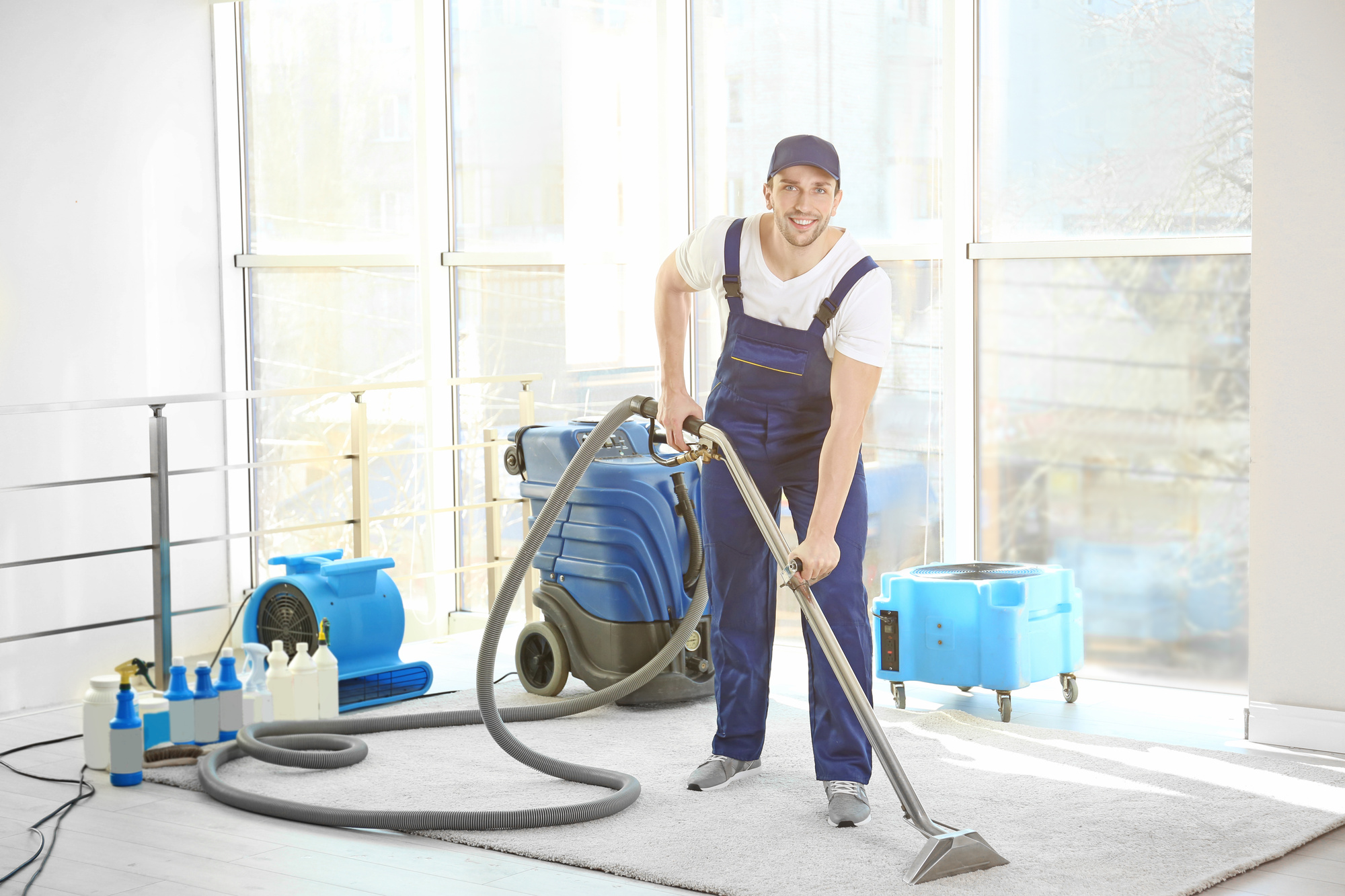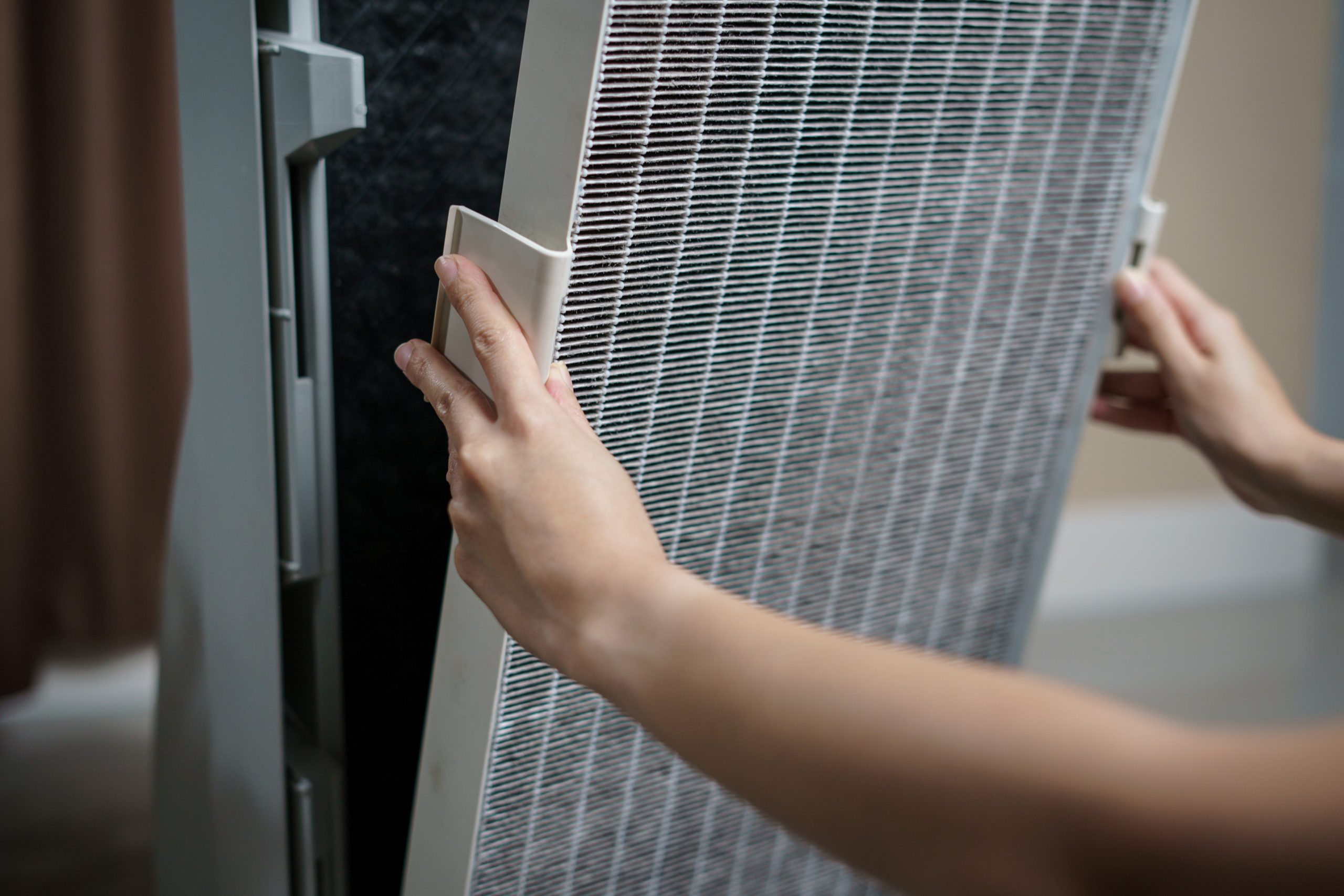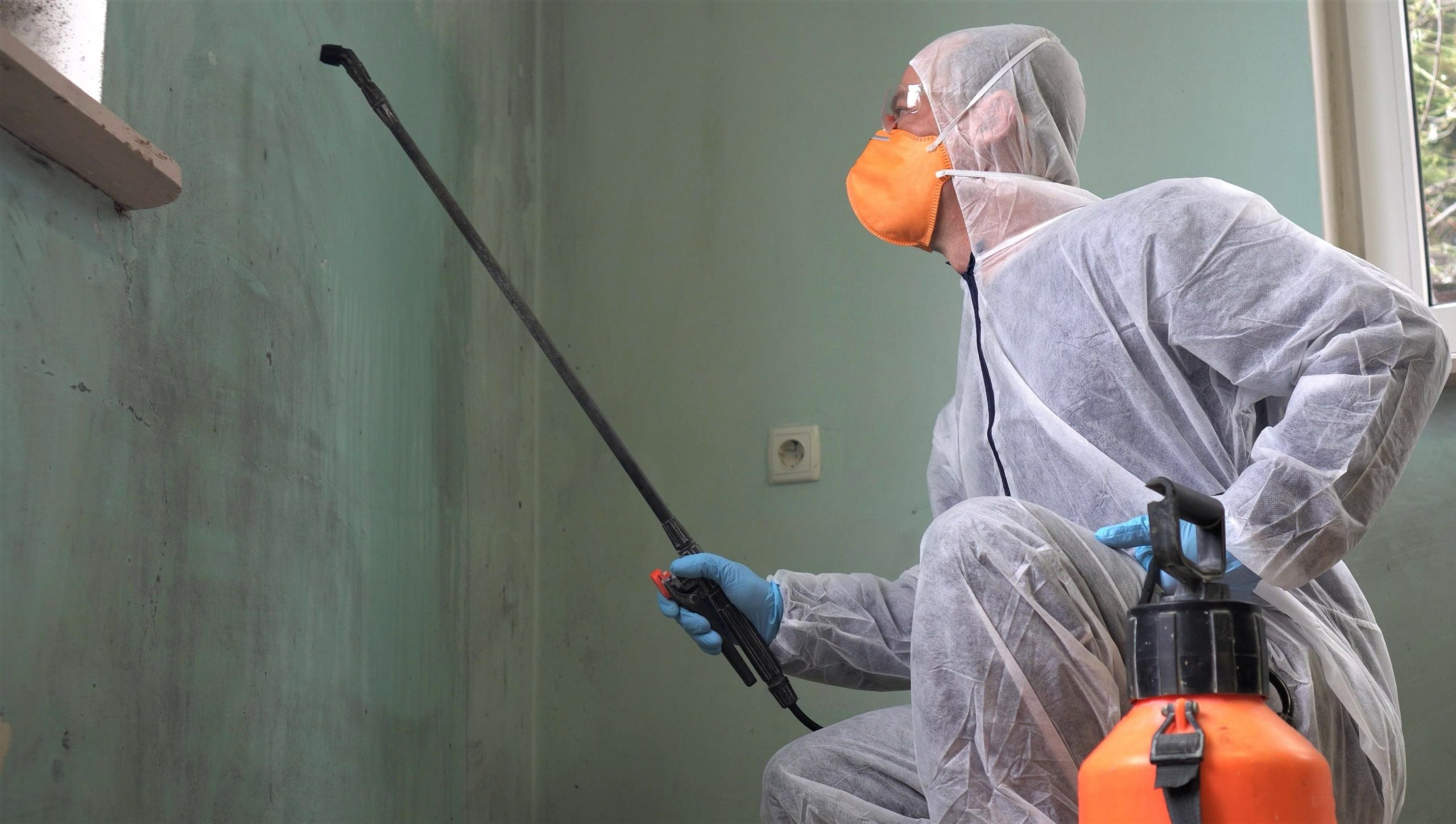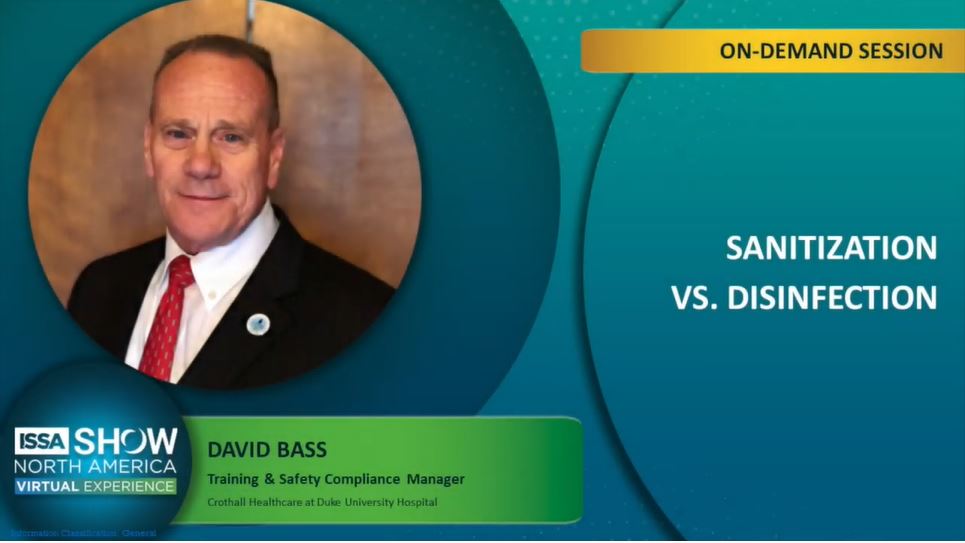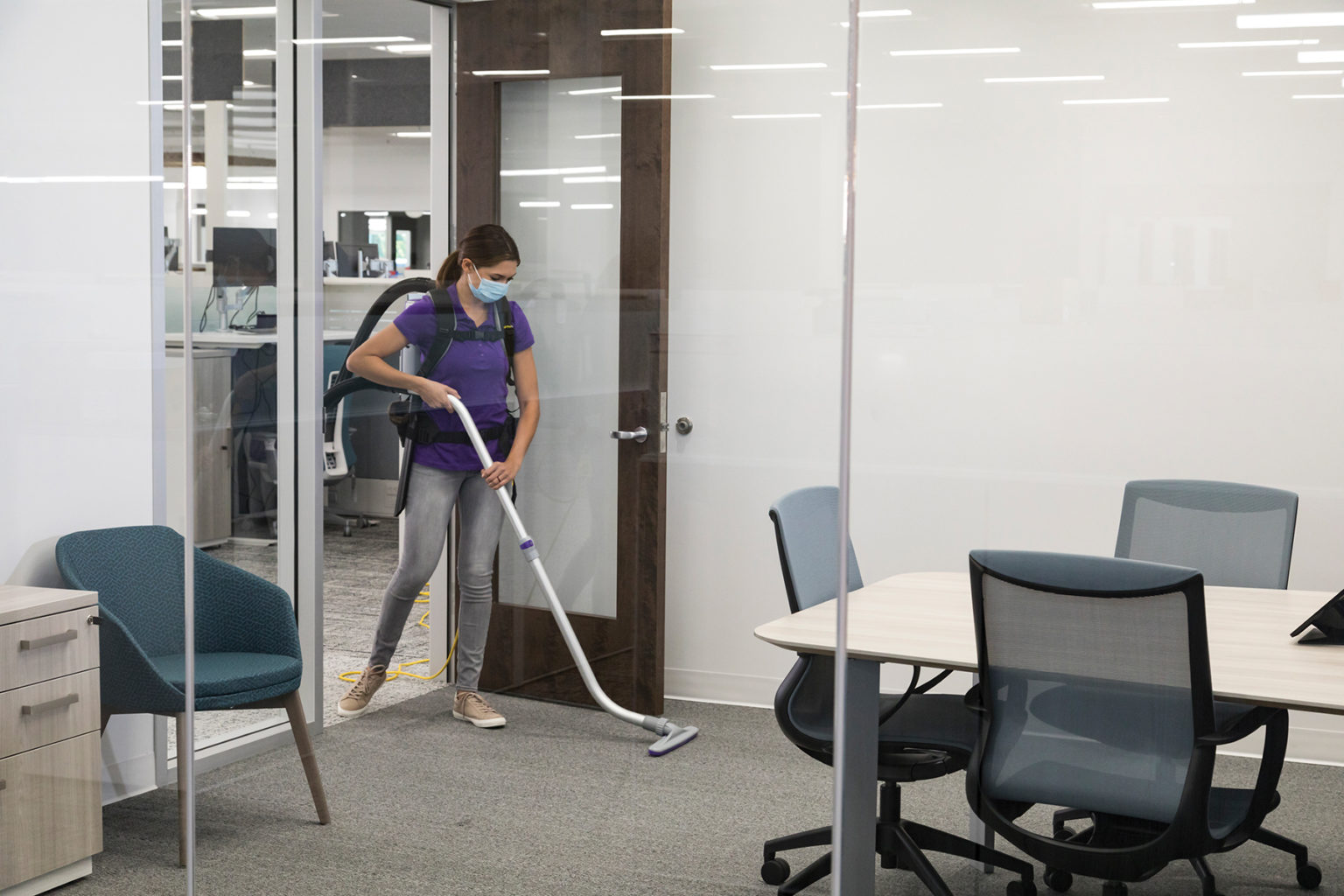Knowing what results to expect from the hot water extraction carpet cleaning method can help you set proper expectations for clients.
In this is the second part in our series on carpet cleaning for building service contractors and in-house cleaning professionals, we’ve again turned to carpet cleaning expert, Bob Abrams, product manager for U.S. Products jansan division, a leading maker of hot-water carpet extractors. We continue our discussion with the following questions on soiling issues as well as ways to select a hot-water carpet extractor, recognized as the most effective way to clean carpets.
What is “rapid resoiling” and how do you prevent it?
Rapid resoiling occurs when soils have not been thoroughly removed or cleaning detergents have been left in the carpet, which very quickly attract soils back into carpet fibers. Both are common with the shampoo and bonnet method discussed in Part 1. The problem is that these methods tend just to clean the top surface of the carpet. Many soils are deeply embedded in the carpet fibers. As the carpet dries these soils “wick” to the top of the carpet, making the carpets look soiled once more.
Some dry chemical solvents also cause rapid resoiling. This was especially true several years ago, but new technologies have introduced solvents that have minimized this problem. It is less common for resoiling to occur using the extraction method. If it should occur, then the technician has likely not effectively extracted moisture and cleaning solution out of the carpet. This is an example of why training is required to properly perform carpet extraction. It could also occur if the extractor is not working properly or effectively…all the more reason to select newer and high quality equipment.
What’s the best way to select a carpet extractor?
 It is important that cleaning professionals and facility administrators do some homework before selecting a carpet extractor, and the best place to start is with the Carpet and Rug Institute (CRI).
It is important that cleaning professionals and facility administrators do some homework before selecting a carpet extractor, and the best place to start is with the Carpet and Rug Institute (CRI).
They independently evaluate an extractor based on effectiveness at soil and moisture removal and the overall appearance of the carpet after cleaning. Select a machine that has earned the CRI Seal of Approval.
What about using portable carpet extractors rented at hardware stores?
These machines actually work very well for cleaning up spills and lightly soiled carpets. They are most often used by consumers who want to clean the carpets in a bedroom, for instance, and do not mind taking an hour or two to do it.
But these little machines have drawbacks. The major downsides are that they are not that powerful, they are best for cleaning small areas, and using them will not meet the requirements of some carpet warranties. For a quick clean in a small area and in a residence, they are often fine; otherwise it is best to bring in the professionals, a full-sized portable hot-water extractor.


